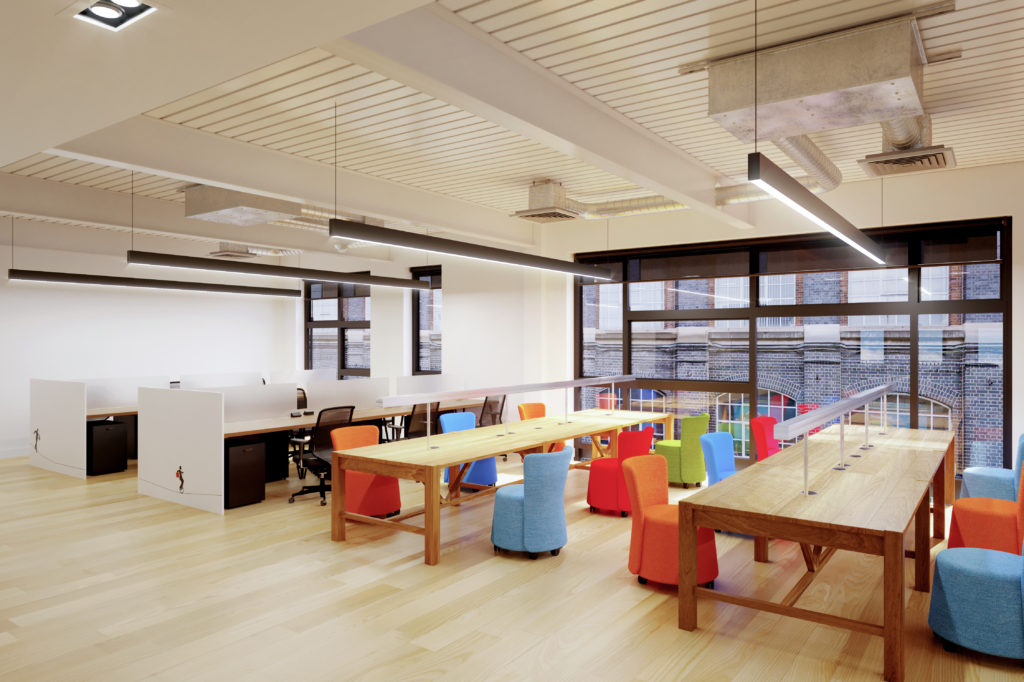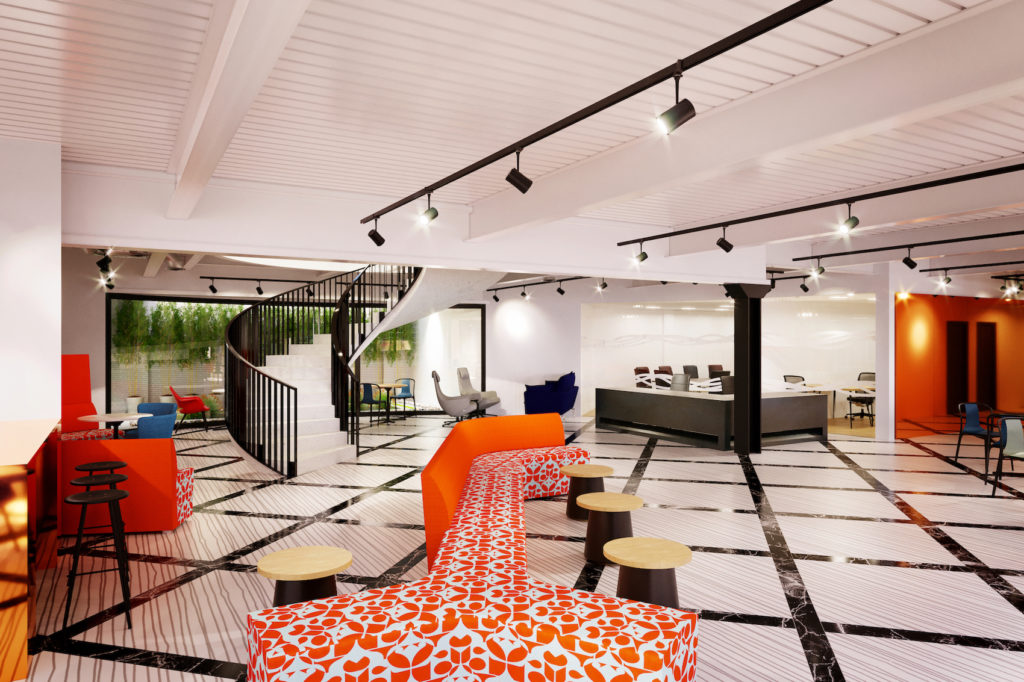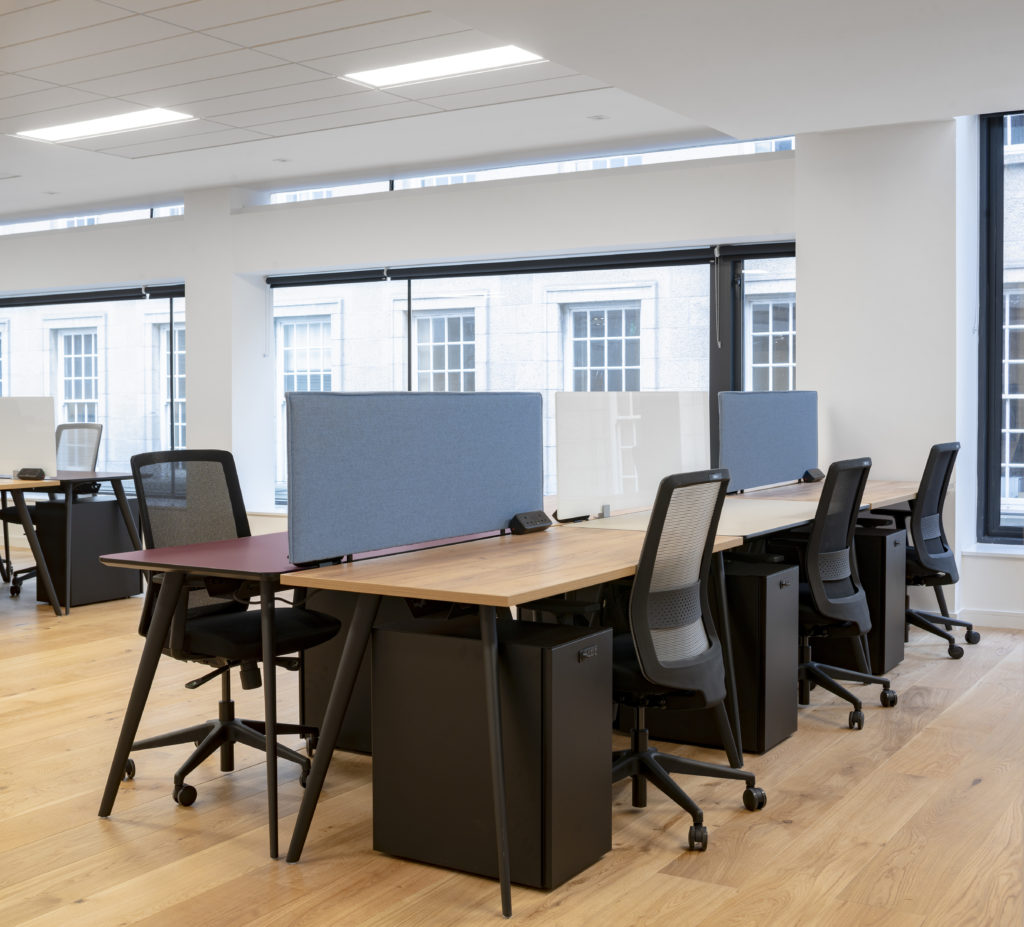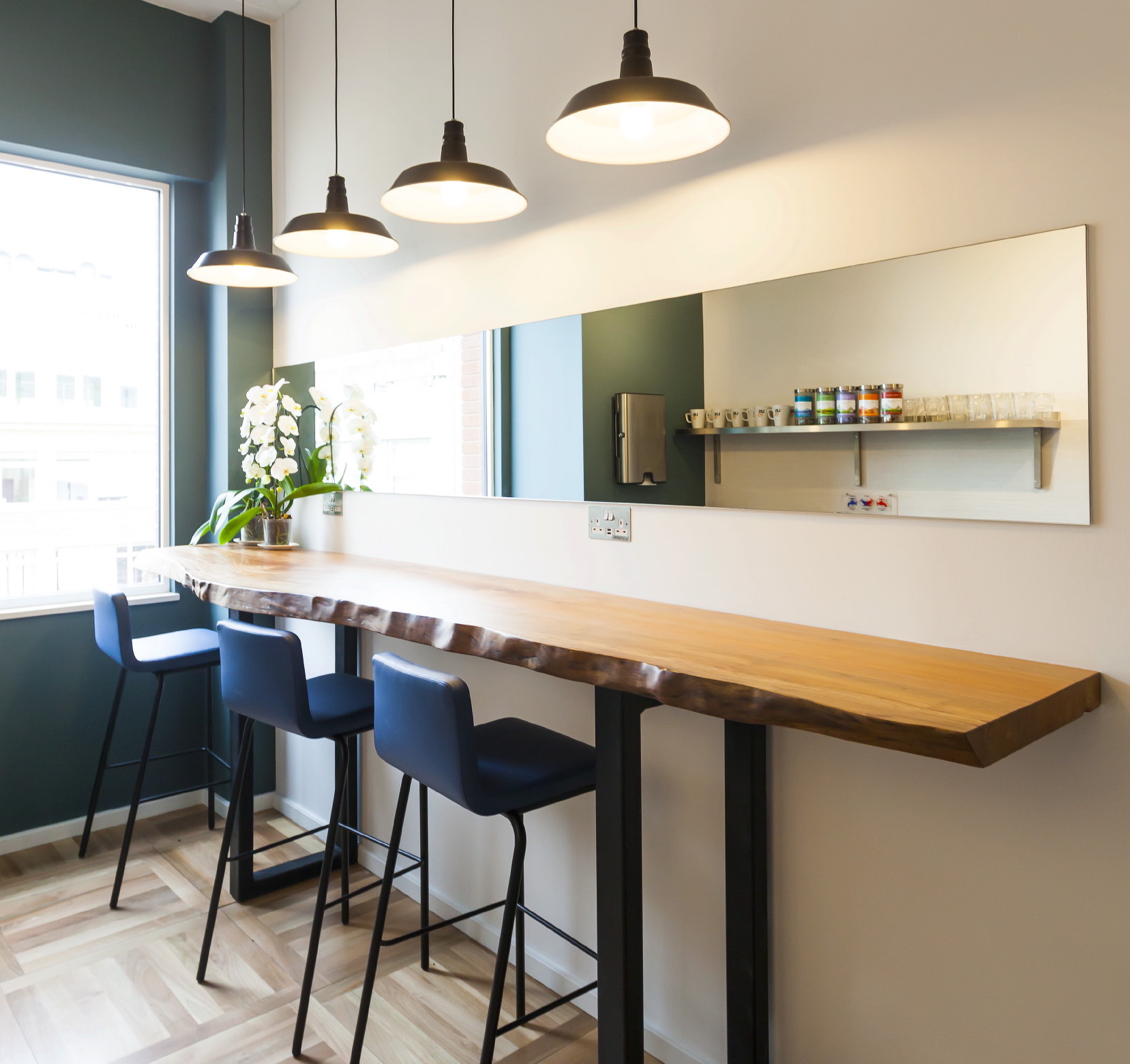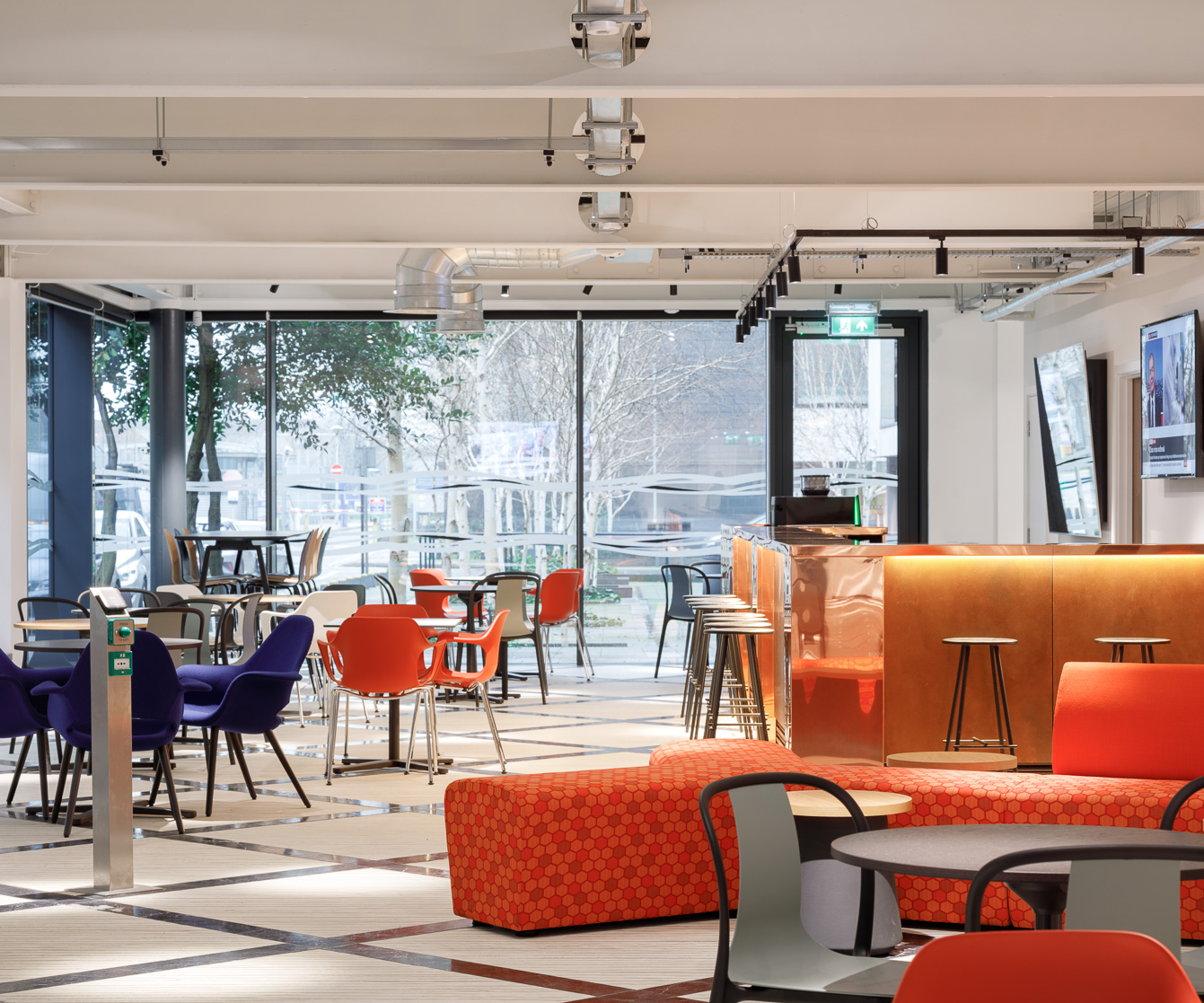Us&Co Blog
How The Olympics Turned Stratford Into A Thriving Hub of Business
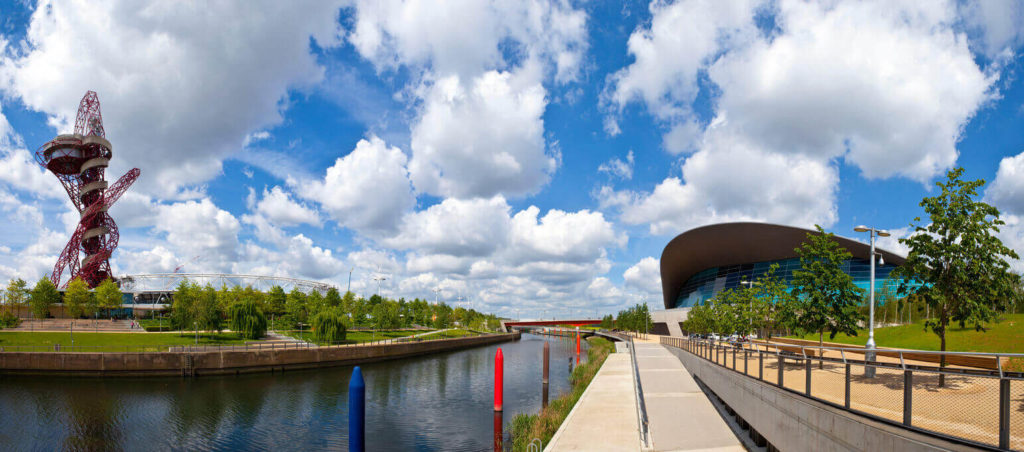
Back in 2005, the International Olympic Committee announced that London was to host the 2012 Summer Olympic and Paralympic Games, for the first time in over 60 years. The UK capital was determined to put on a show, especially considering how much of a tough act Beijing 2008 was always going to be to follow.
Plans were soon drawn up for the Queen Elizabeth Olympic Park, a complex sporting venue in Stratford. Following a period of severe economic decline in the latter half of the 20th century, the London East End district of Stratford seemed to some like an odd choice to host such a sporting spectacle.
Fast forward almost 15 years (and over £9 billion) and any initial concerns have been well-and-truly quashed. The London Olympics were a phenomenal success and Stratford achieved a new lease of life as a thriving centre of tourism, retail and business.
In this article, we explore the Olympic story of Stratford’s past, present and future in the wake of London 2012. In particular, we will look at the growing opportunities for businesses in the area and why so many companies are looking to East London.
What was Stratford like before the Olympics?
The second half of the 20th century was not kind to Stratford. De-industrialisation led to the loss of tens of thousands of jobs for Stratford inhabitants, thanks in no small part to the closure of the London Docks in the 1960s.
A particularly iconic symbol of Stratford’s industrially unloved reputation was the so-called ‘Fridge Mountain’. The 20-foot tall collection of discarded white goods on the riverbank was thought to be the biggest of its kind in Europe!
The construction of the Stratford Olympic Park itself was a colossal undertaking. It took 46,000 workers to construct the Olympic Stadium and grounds, which had a total capacity of 80,000. Renovation even included the removal of 2,000 newts from the Olympic Park building site – along with 4 human skeletons, dating back 3000 years to the Iron Age!
The promise of Olympic prosperity was therefore a very exciting one for Stratford. The project set the stage for over 46,000 new jobs in the district, a 30% increase in rail capacity through Stratford station and over 20,000 new homes. There were also plans for three new secondary schools, 23 new GP clinics and – unsurprisingly – world-class sports and leisure facilities.
And yes, clearing ‘Fridge Mountain’ was one of the first things ticked off Stratford’s to-do list.
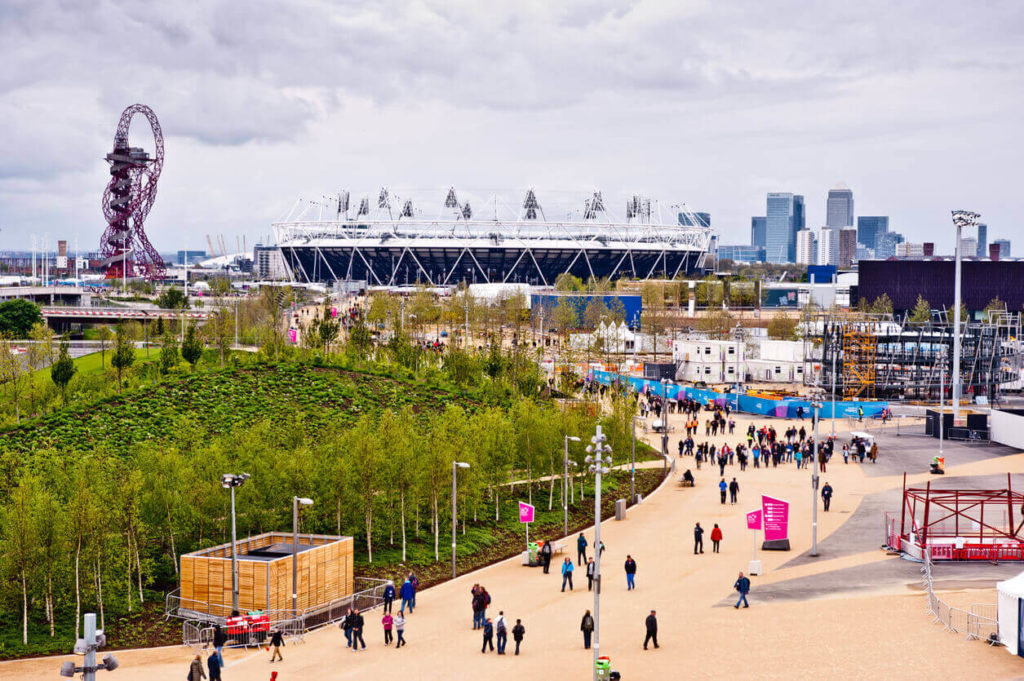
What was Stratford like during the Olympics?
Stratford was home to the athletes’ Olympic Village and several key sporting venues: the London Stadium, London Aquatics Centre and the Lee Valley VeloPark.The ArcelorMittal Orbit was constructed to overlook the Queen Elizabeth Olympic Park, an observation tower and Britain’s largest piece of public art.
During the Games fortnight, it is estimated that as many as 370,000 visitors came to the Olympic Park every single day. 10,500 athletes from 204 nations participated across 26 sports, supported by 70,000 volunteers or ‘Games Makers’. At peak hours, over 200 trains travelled into Stratford Regional Station.
What is Stratford like now?
7 years on from the Games, post-Olympic Stratford is nearly unrecognisable compared to Stratford at the turn of the millennium.
The Queen Elizabeth Park has been transformed into a bustling hub and great destination for tourists looking to explore the legacy of the London Olympics. The area’s population sits healthily at 51,000 and Stratford Train Station is now the 6th busiest station in Britain.
The Westfield Stratford City Shopping Centre, which opened in 2011, is one of the largest urban shopping centres in Europe. Westfield attracts 50 million yearly visitors and has so-far generated retail sales of more than £7.4 billion.
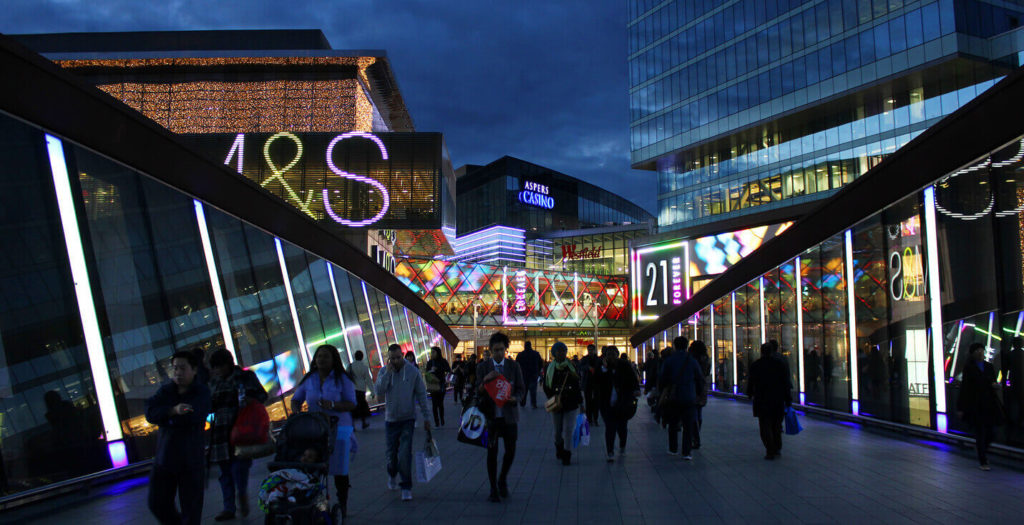
Outside of retail, there is also a thriving network of global heavy-weight companies setting up Stratford bases. Transport for London, Cancer Research, the Financial Conduct Authority, Unicef and the British Council all have a sizeable presence in the area.
Higher education establishments like Loughborough University and University College London have invested heavily in Stratford campuses. As a result, there is a rich pool of potential talent ready to be utilised by established brands and start-ups/SMEs alike.
In a word, the Stratford business scene is thriving.
What does the future look like for Stratford?
Expectations for future growth in Stratford are extremely high.
One especially exciting area of development is the upcoming Elizabeth Line/Crossrail, which will extend as far as Reading in the West and Shenfield in the East. This will enhance Stratford’s connection to both central London and key commuter towns in Berkshire and Essex.
The Elizabeth Line will reduce direct journeys from/to Stratford Station to:
- Liverpool Street – 7 minutes
- Canary Wharf – 8 minutes
- Tottenham Court Road – 13 minutes
- Bond Street – 15 minutes
- Paddington – 18 minutes
- Heathrow Central – 44 minutes
- Reading Station – 68 minutes
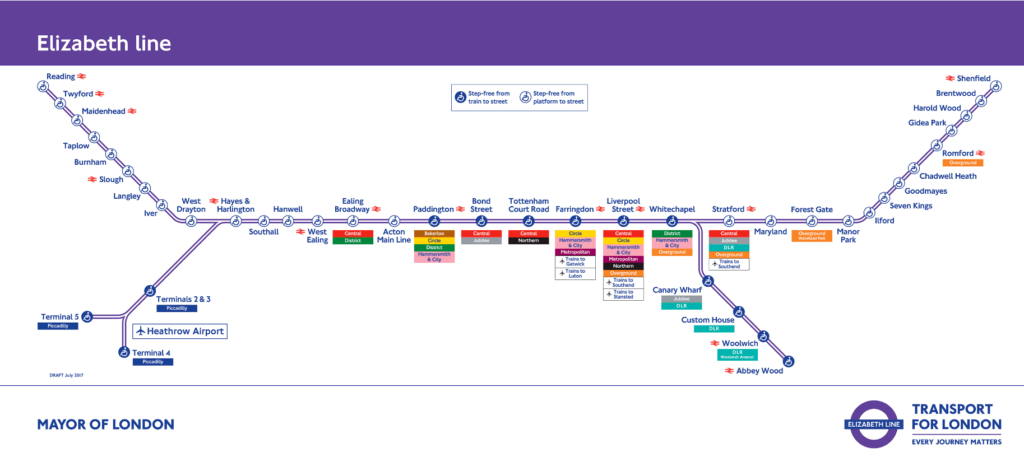
Considering that Stratford is already conveniently placed for London City Airport and is well-connected via the DLR, this makes the area arguably the most ideal commuter hotspot in London – at least outside of Zone 1.
Development in Stratford did not simply stop once the Olympics were finished. A £2.4 billion cluster of office blocks is currently underway close to the train station. The 11 towers being constructed will end up constituting a business site approximately the same size as Canary Wharf. This is enough office space for over 25,000 workers.
Brands of all shapes and sizes, industries and markets are consequently flocking to Stratford. The area offers central London connectivity, beautiful green space and a dynamic business landscape that is set to only keep growing from strength-to-strength.
Announcing: Us&Co’s Brand New Stratford Co-Working Space
Us&Co is incredibly proud to announce that we are going to be opening our third serviced workspace in Stratford in early 2020. This new professional, shared workspace will be just a few minutes walk from the train station – perfect for freelancers, start-ups and established brands alike to make the most of everything Stratford has to offer. It will have 6 floors and over 30,000 sq. ft. of private offices, co-working hot desks, meeting rooms and modern training rooms. Register your interest now for fantastic early bird discounts.
